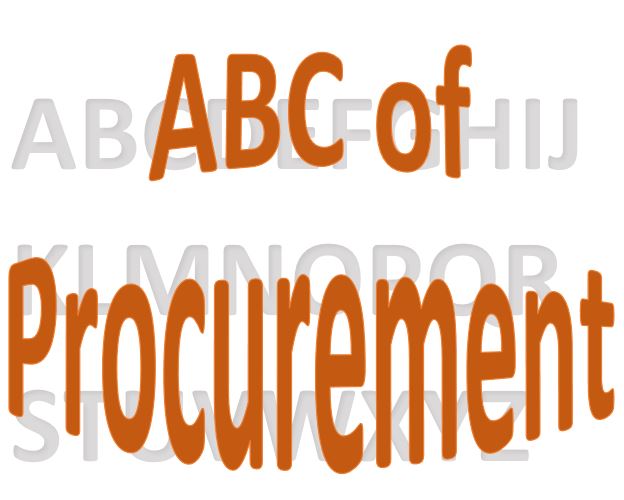Usually, the way the company is organized determines how the procurement works. However, this is not a must. Some CPO’s manage to put in place different ways of work. In some cases, legal and local requirements force the company to have a different structure for the team. And, from my experience, all they have their good and bad sides.
There are four main ways of organizing the global procurement
Centralized
This is the very common “top-down” approach. Historically, this was the first way of organizing teams, but it is still used.
PROS: It uses the economy of scale, contracting large purchases from one place for the entire organization. Also, all data is collected in one place, which helps with analysis and decision making.
CONS: It does not take into consideration local rules and regulations. Also, there are country-specific rules and taxations that make the import expensive or even impossible. Local operations teams have little impact on the choice of materials and services.
Decentralized
Exactly the opposite. Here every country (or region) works as a more-less independent entity, reporting to the local management. The head office has very little or no influence on the procurement team at all. In most cases, only the main policies and eventually the ERP system is pushed down from the head office.
PROS: As procurement is under the control of the local management, the strategies are more aligned. Most products are procured locally, which is in some industries a strong marketing tool.
CONS: Economy of scale is not used. There is little or no exchange of market information and general knowledge about new products or services different teams try out around the world. And local teams with local management are at higher risk to go into fraudulent engagements with local vendors.
Center led
In this structure, local teams still report to the local management. But there is a “dotted line” connection to a group procurement office. Depending on the strategy, the group procurement team can only work on data analysis and strategy. In some cases, they do global deals, utilizing the economy of scale. The core function of the global team is to act as an internal consultant. One of the features I liked the most in this structure is the exchange of information. The head office team collects best practice examples and shares them across the rest of the organization.
PROS: This system tries to make the best out of the previous two. It brings global reach and economy of scale to the local team. On the other side, it allows local teams to use the local source of products that were suitable for the business.
CONS: Sometimes local management and Head office give different suggestions, which creates confusion. Also, local and global KPI’s have to be set very carefully. The local team feels that the global team is not responsible for the end result.
Matrix
I have seen this in one company only. They have many production facilities, making almost the same product. There is no “dotted line” connection, nor a global procurement leader. Instead, they are taking care of the local procurement and have the responsibility to look for opportunities to get some items for all locations. They exchange data and make joint decisions. For example, the packaging is the cheapest in Turkey. So, the Turkey procurement manager negotiates the contract for the complete group and assures goods are delivered to all locations. The India manager sources all IT software requests. And so on. You may wonder how they keep all teams engaged? Their KPI relates both to local and global savings. Hence, there is an incentive to help the group.
PROS: It takes the best from the local market and company size. Also, it is a very motivating concept, as every team member feels equally valued.
CONS: It requires an educated, experienced and self-motivated team. Given the high level of independence, fraud risk is higher compared to other solutions.
There is no perfect system. It all depends on the nature of goods procured, the organization of the company and the culture. Be aware of the pros and cons, and embrace them.

